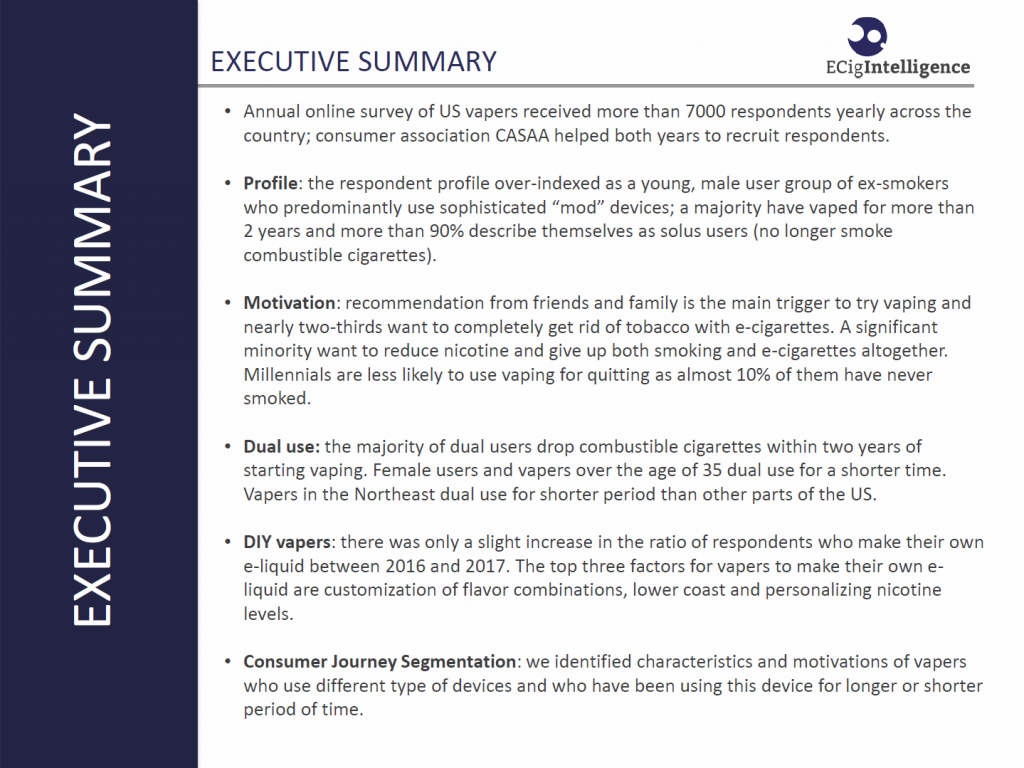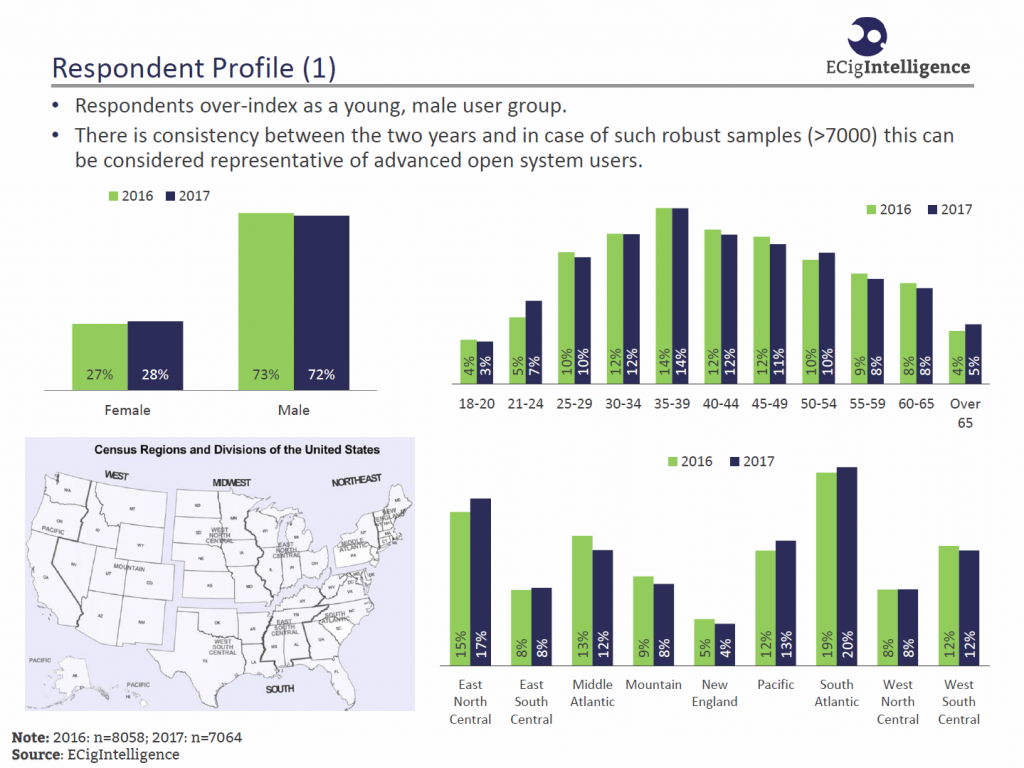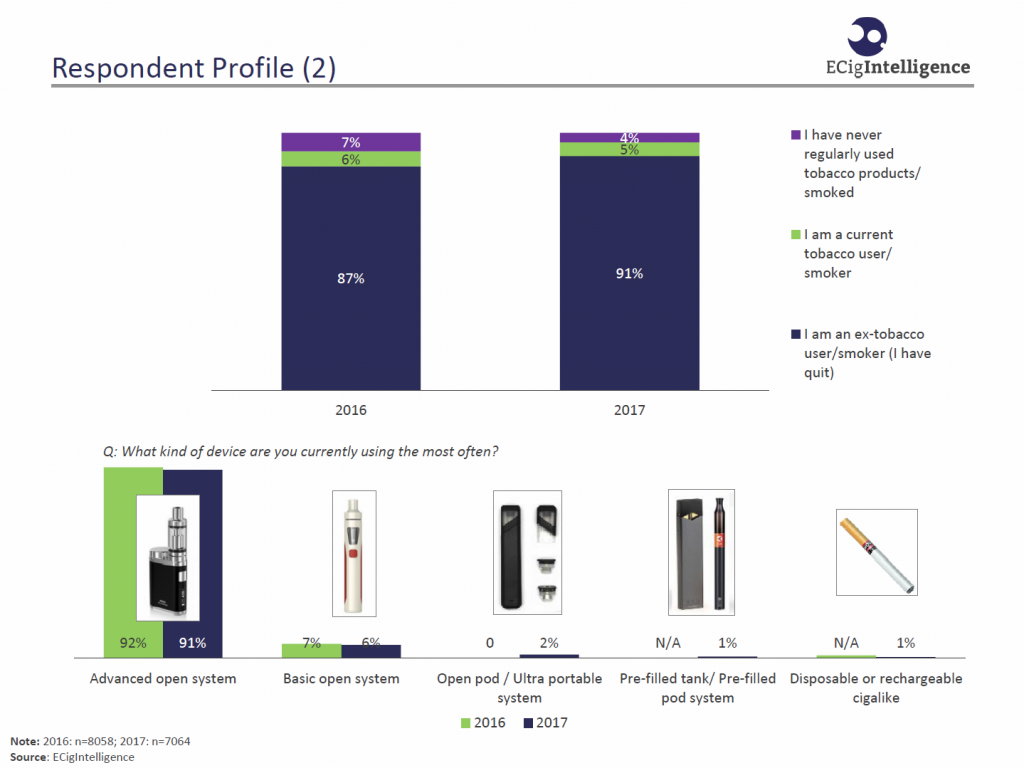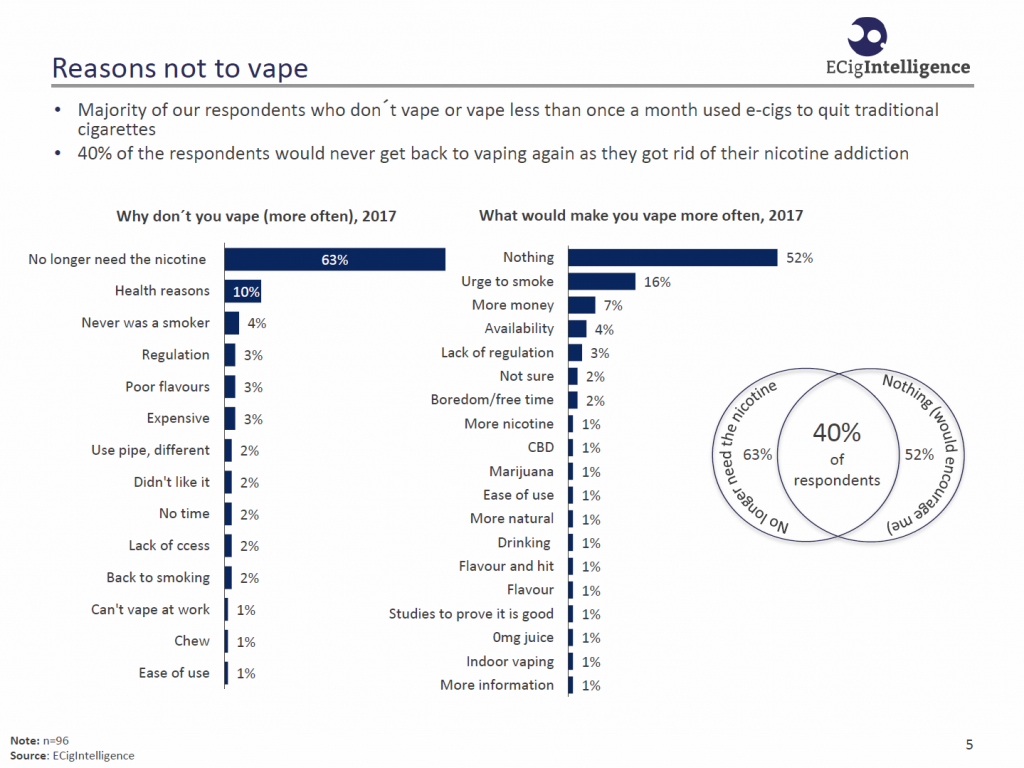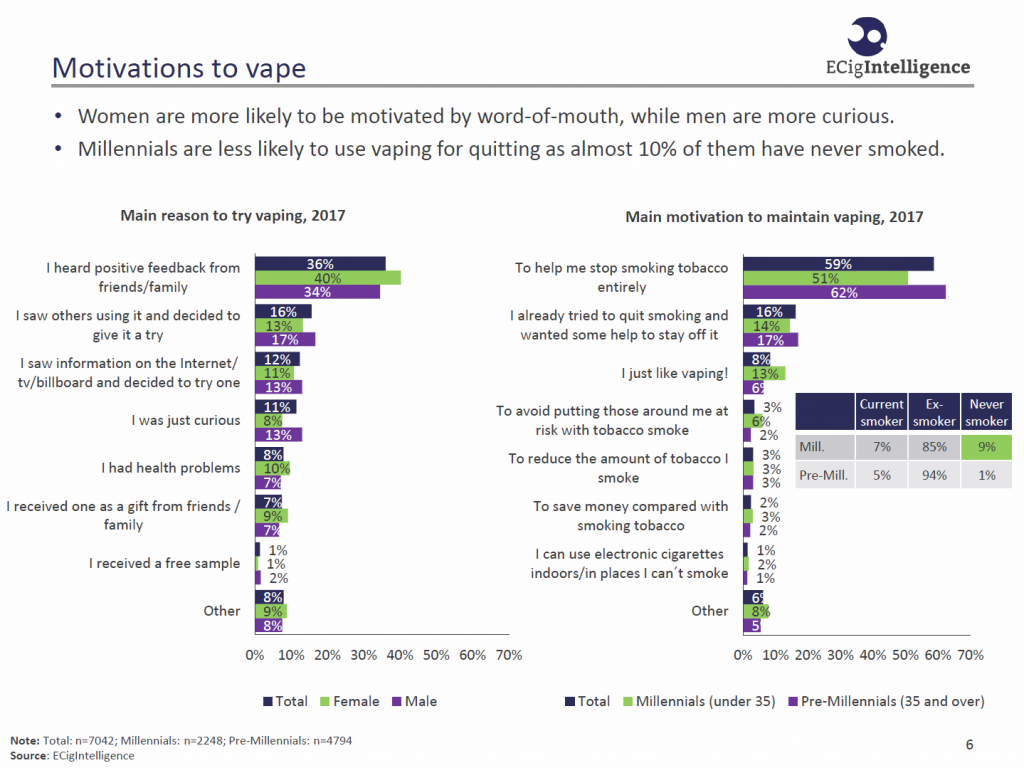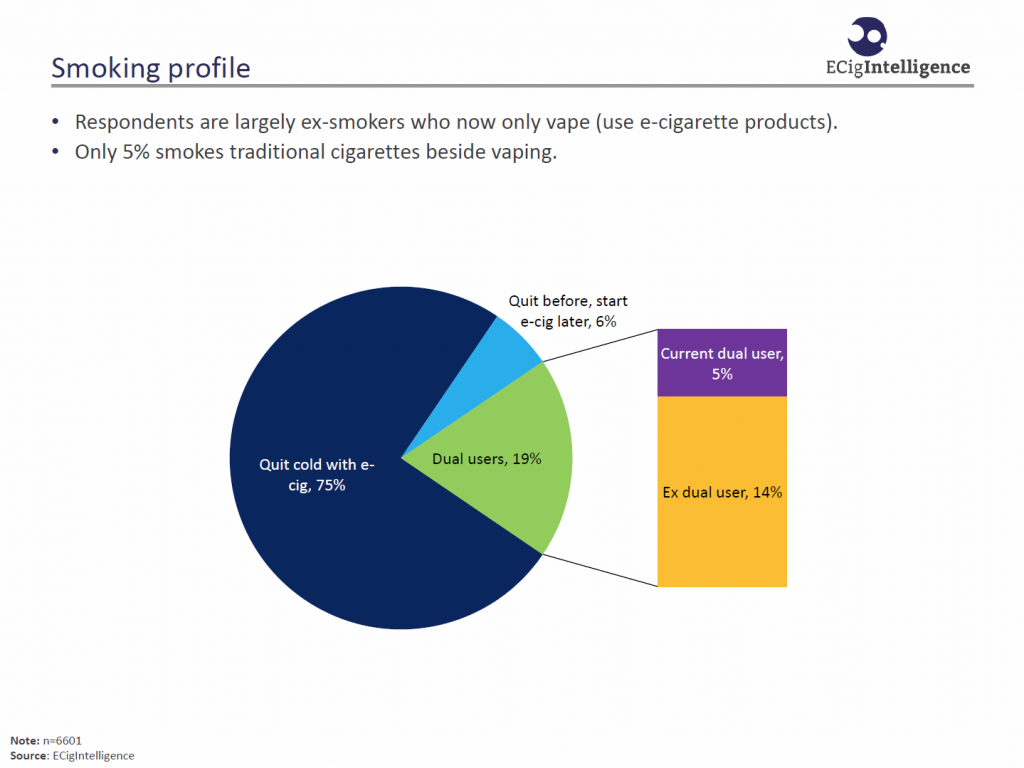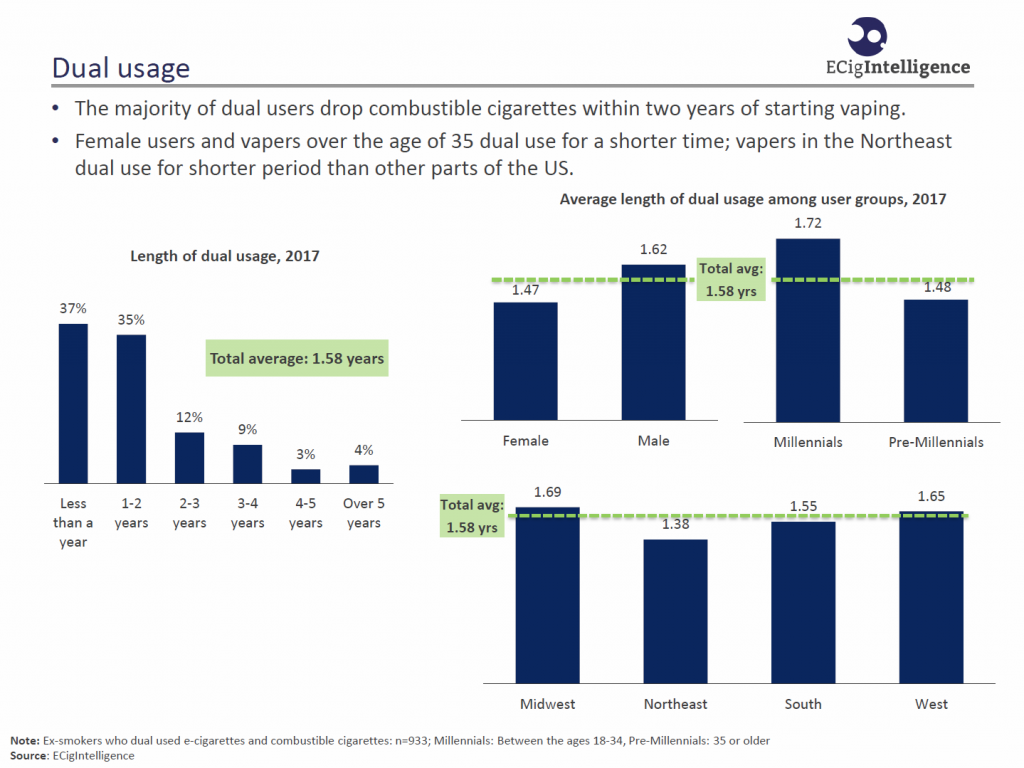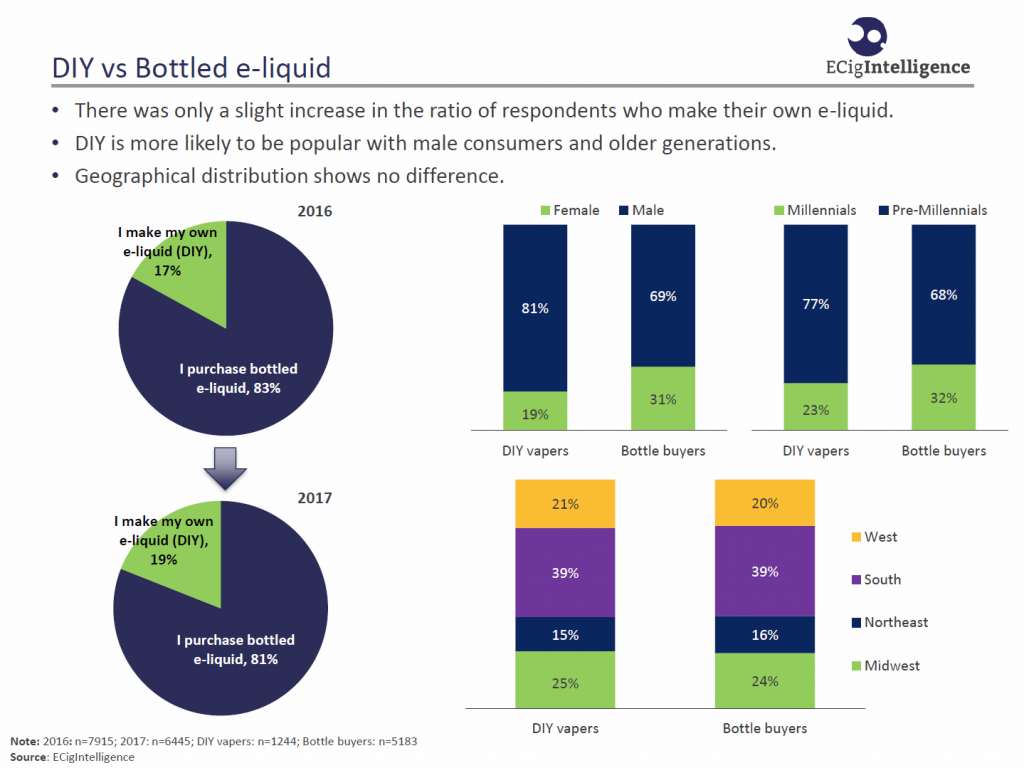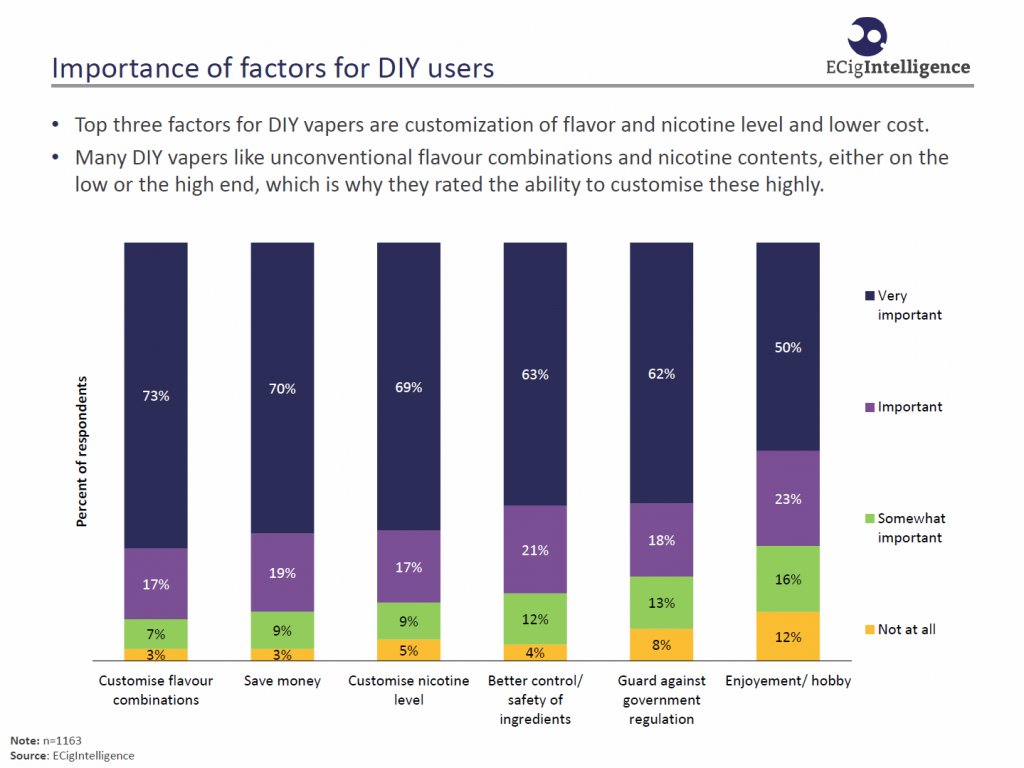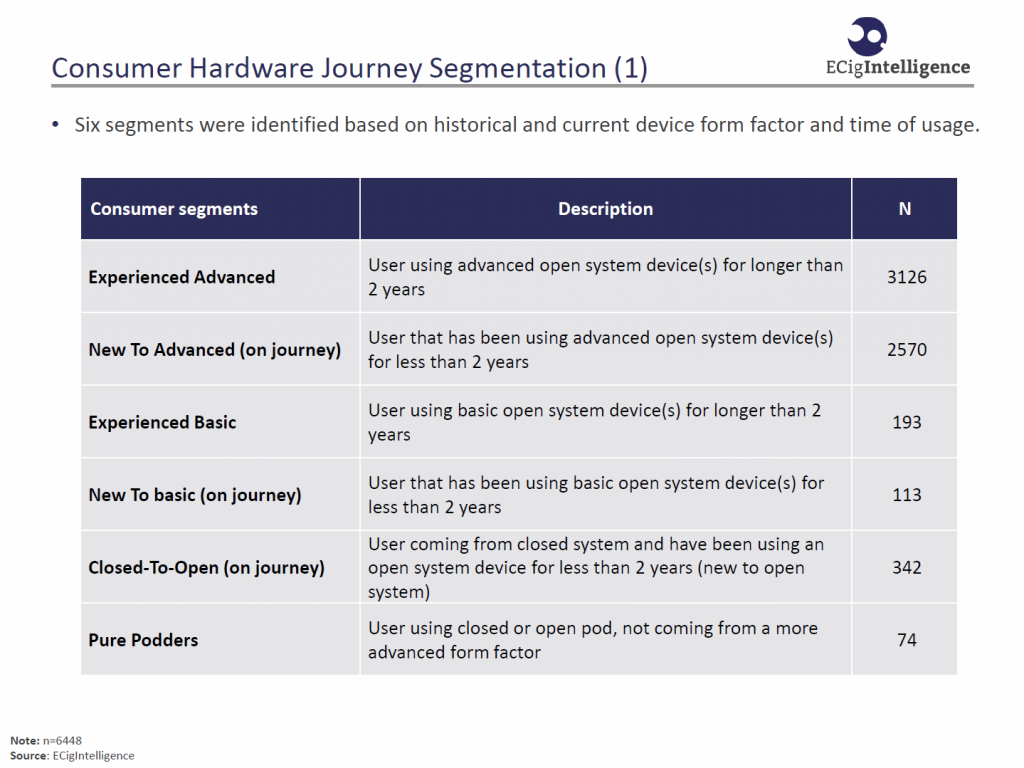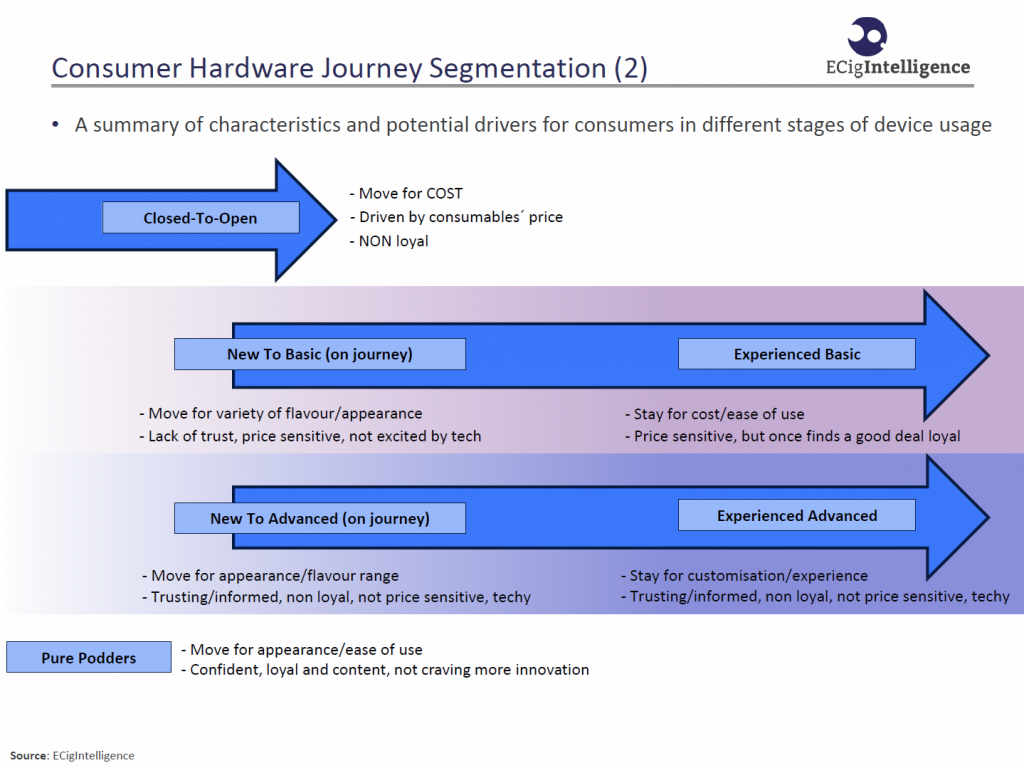May began with a “blitz” of enforcement action from the FDA and FTC against e-liquid manufacturers that use artwork which closely mimics or otherwise is directly appropriated from food, candy, or beverage products marketed to young people. Although intellectual property (“IP”) theft is not necessarily the domain of federal regulators, deceptive marketing (i.e., a nicotine product that looks like a beverage or food or candy) is. While we can certainly debate the appeal of certain images and branding to adult consumers, the reasons behind the actions taken by the FDA and FTC are no mystery.
As deceptive marketing and illegal sales of vapor products to minors are grabbing headlines, the June 19th deadline for comments on the FDA’s advance notice of proposed rulemaking (ANPRM) for flavored vapor and tobacco products is approaching. Although CASAA and other organizations are requesting a 90-day extension to the comment period, there is no indication that the FDA is interested in postponing the deadline. The next two and a half weeks may be the last opportunity for stakeholders to comment on the flavors docket before the agency moves ahead with the rulemaking process.
CASAA is encouraging consumers to submit multiple comments on the flavors ANPRM.
CASAA is asking our members to submit comments regarding your daily use of flavored vapor products and smokeless tobacco. Similar to a comment we asked members to submit in response to the FDA’s proposed deeming rule, this comment should involve a look at your collection of products. Points to discuss in your comment:
- How many flavors do you have on your desk or shelves (or in a locked box away from children)?
- How many different flavors do you use in a day?
- What are your favorite flavors?
- Where did you purchase your e-liquid or smokeless tobacco (online, in a specialty shop, at a C-store, at a convention…) and why?
Click Here to Comment Now
Another comment CASAA is asking our members to submit is more specific as it deals with state and local laws and public health campaigns. Fortunately, not everyone lives in an area where aggressive anti-vaping policies have been enacted or deceptive campaigns are misleading consumers about the risks of smoke-free products. But if you do live in one of these areas, the FDA would like to hear about the consequences.
You can find more information
about submitting this comment at
www.august8th.org.
The simplest comment we are asking members to submit is your testimonial about switching to a smoke-free product. These comments should specifically focus on what role flavors played in your decision to switch to and continue using vapor or smokeless tobacco products as an alternative to smoking.
Click Here to Comment Now
Although CASAA is not suggesting that comments from consumers should be limited to the options we’ve provided above, we do believe that these topics are especially important. We also encourage individuals to submit their own request for a 90-day extension to the comment period as well as review the FDA’s 25 questions (requests for studies or information) in the ANPRM. While consumers cannot be expected to produce studies that address most of these questions, we are a source of valuable information. Sharing our experience is vital to making sure that whatever regulations are adopted will preserve the diverse marketplace and consumer choice.
Thank you for participating,

Alex Clark
CEO, CASAA
NEWS
POLICY
Cole-Bishop Throws Vapers Under the Bus – CASAA
23 hours ago
On May 17th, 2018, Congressman Sanford Bishop (D-GA 02) released a statement on Facebook (here) stating that he was “pleased that the committee passed my Cole-Bishop amendment that maintains the availability of harm reducing nicotine vapor products, while also keeping them out of the reach of children through robust advertising and labeling rules, enhanced shipment age-verification, battery standards, and FDA …
Read More »
The ‘teen vaping epidemic’ is a myth – NY Post
May 2, 2018
By Abby W. Schachter
Public-health policy – especially regarding children – is being driven by the Voltaire Rule: The perfect is the enemy of the good.
Take the current mania about vaping and, most recently, a product called Juul. News reports are replete with high-school officials fretting about how hard it is to monitor the product because it looks like a flash drive and doesn’t produce the same smoke as traditional cigarettes.
Indeed, a Juul – which electronically heats nicotine into a vapor – can be recharged through a computer’s USB port. Juul pods are also flavored – fruit medley and cool mint are two examples – so the smell isn’t the same as combustible tobacco products….
Read More>>
CASAA
Supporting the Nicopure/R2B Lawsuit
6 days ago
Last year, Nicopure Labs and The Right to Be Smoke-Free Coalition (“R2B”) sued the FDA, arguing against portions of the Tobacco Control Act (TCA) and the FDA’s Deeming Rule as they are being applied to vapor products. The court ruled in favor of the FDA, so the plaintiffs filed an appeal in the D.C. Court of Appeals. On appeal, …
Read More »
CALLS TO ACTION
FDA
Smokers denied access to harm reduction
2 weeks ago
On March 21, 2018, the FDA published its advanced notice of proposed rulemaking (ANPRM) regarding flavors in vapor and tobacco products. The FDA is seeking additional information and research on 25 specific topics listed in the ANPRM. Comments are due by June 19, 2018. Stakeholders and other interested parties are encouraged to submit multiple responses addressing these topics individually or the ANPRM as a whole….
Read More »
TOBACCO 21
Nassau Co., NY – Stop Tobacco AND Vapor 21!
1 week ago
(Update – 05.31.18) On Wednesday, May 23, the Nassau County Legislature voted in favor of raising the age to purchase all tobacco AND vapor products from 19 to 21. Nassau County follows New York City and Suffolk County in passing legislation that denies adult smokers access to low-risk alternatives.
Read More »
IL – Stop Tobacco AND Vapor 21!
4 days ago
(Update – 05.31.18) SB 2332 passed the Illinois House with a vote of 61 yeas and 49 nays. But that 12 vote margin was not easily accomplished. The bill now heads to Governor Rauner’s desk for his consideration. CASAA will update this post soon with details on urging the governor to veto SB 2332.
Read More »
Ulster Co., NY – Last Chance to Oppose Tobacco (and Vaping) 21!
6 days ago
The Ulster County Executive will hold a public hearing regarding recently passed legislation that would raise the purchase age for all tobacco AND vapor products to 21-years-old on Tuesday, May 29, 2018 10:00 AM Legislative Chambers, 6th Floor, COB (map) 244 Fair St Kingston, NY 12401 This will be the last chance for county residents to express opposition to Local …
Read More »
FLAVOR BANS
PrEP advocate Damon Jacobs: Vaping can be harm reduction – BETAblog
May 31, 2018
What comes to mind when you hear the term “harm reduction”? Many people in public health or in the community may think of needle exchanges or safer sex practices. . . .
Read More »
NY – Stop a Flavor Ban before it Starts!
1 day ago
Senator Kemp Hannon (R-S06) is once again sponsoring legislation that would ban the sale of e-liquid in flavors other than tobacco and menthol. This is not a restriction on where these products can be sold, it is a BAN! Senator Hannon’s bill, S 8610, is on the Senate Health Committee agenda for Thursday, May 31, 2018 12:00 PM Room 124 …
Read More »
TAXES
VT – Help stop a tax on vaping!
5 days ago
(Update – 05.11.18) Vermont’s HB 922, which would enact a 46% wholesale tax on vapor products and is necessary to implement the state’s budget, is likely to pass the legislature soon-maybe even today. The bill then heads to Governor Scott’s desk for a final signature. But Governor Scott is signaling that he will veto any new taxes on Vermonters. Call …
Read More »
NJ – Gov. Murphy is proposing a MASSIVE tax on vaping starting in FY 2019
3 weeks ago
(Update – 04.23.18) Public hearings regarding New Jersey’s FY2019 budget have concluded, but the Assembly and Senate Budget Committees are still discussing the details. By all accounts, a 75% wholesale tax on vaping is still on the table. Now is the time to reach out to Budget Committee members and urge them to oppose this crippling tax on safer nicotine …
Read More »
MN – Stop an outrageous tax hike on vaping!
4 weeks ago
Last week (April 12) companion bills in the Minnesota House and Senate which support Governor Dayton’s budget proposal were introduced. Article 5 of both of these bills contains provisions that would change the way vapor products are taxed. Effectively, they would apply a 95% wholesale tax on bottles of e-liquid. Currently, the tax is only applied to the nicotine contained …
Read More »
TESTIMONIAL OF THE MONTH
Jeannette Hansel
“I am 61 and smoked since 16. I tried to quit smoking multiple times using gum, patches and prescription medications. About 14 months ago discovered vaping. Did a lot of research and believed it was much less harmful. Tried a lot of flavors before I found several that I really enjoyed. Now cigarette free 13 months and feel great. I have COPD and was on oxygen. I am also oxygen free now. More energy. Flavors helped to prevent weight gain associated with quitting smoking. Need my dessert flavors. No tobacco flavors! Started at 18mg nicotine and only at 3mg currently.”
Be sure to share your own testimonial here.
Did you find this newsletter informative? Please consider making a donation to CASAA. We rely on contributions to provide timely information and engagements to help protect everyone’s access to life-saving, low-risk nicotine and tobacco products.
CASAA is 501(c)(4) tax-exempt organization. While CASAA is a non-profit organization and pays no income taxes on the donations it receives, contributions or gifts to CASAA are not deductible by the donor as charitable contributions for federal income tax purposes.



